The earliest coffee shop in Taiwan: an introduction to the coffee shop culture in the old society
Xiyangxuan, a cafe at the west gate of Taipei in 1897, and the Lion Cafe in the Park in Taipei in 1912 appeared at the Witt Cafe in Taiping Town, Taipei in 1931.
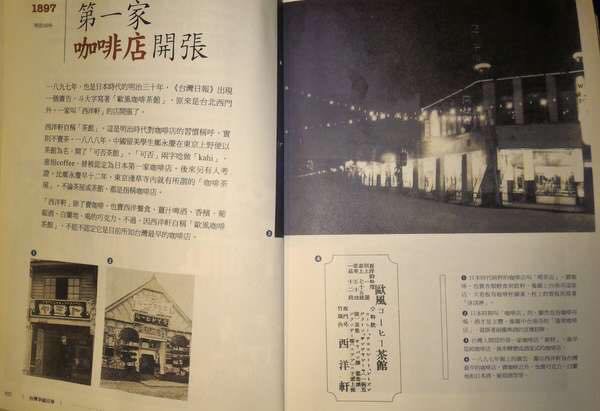
The earliest cafe in Taiwan is called Xiyang Xuan.
In September 1897, in Taiwan's daily newspaper, there was an advertisement for the opening of Xiyang Xuan, a restaurant that called itself a teahouse, selling Western food and wine, but in the title of the advertisement, Xiyangxuan was determined to be a "European-style coffee teahouse." This record was mentioned in 2008 by Chen Ruoyi, "Discovery of the first Coffee Shop in Taiwan", thought, No. 8, 2008, p. 163, but rarely noticed. But it is definitely the earliest coffee shop in Taiwan.
The second coffee shop is the cafe Lion Park Lion Cafe opened during the Japanese occupation era, which was born in December 1912. It is located in the "February 28 Memorial Park" in Taipei, of course, the building is no longer in existence.
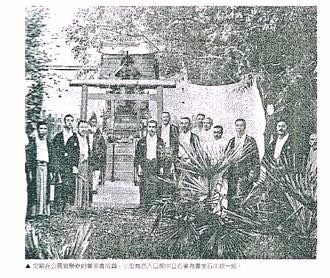
The original location is the welcome hotel at the second venue of the Memorial Expo, which has been ruled by Japan for 40 years. Fireworks were set off on the opening day and hundreds of geisha were recruited as waiters to successfully create a topic. The "Park Lion" opened at 06:30 every morning and became a gathering place for "Wenqing" at that time. Later, it was added to a two-story house, and the second floor could hold art exhibitions, photography exhibitions, and also accommodate performances by small theatrical troupes, which can be said to be the origin of modern compound art and culture space.
In 1931, the "Witt" coffee shop in Taiping Town, Taipei, was supposed to be the first coffee shop opened by Taiwanese. It was named after Goethe's novel "Young Victor's troubles."
Chen Ruoyi also said in the article that the most important feature of the coffee shop at that time was that it was accompanied by young girls to drink coffee, and customers could hold the wrist (wrist) of the waitress in the coffee shop, and erotic sex smelled like coffee.
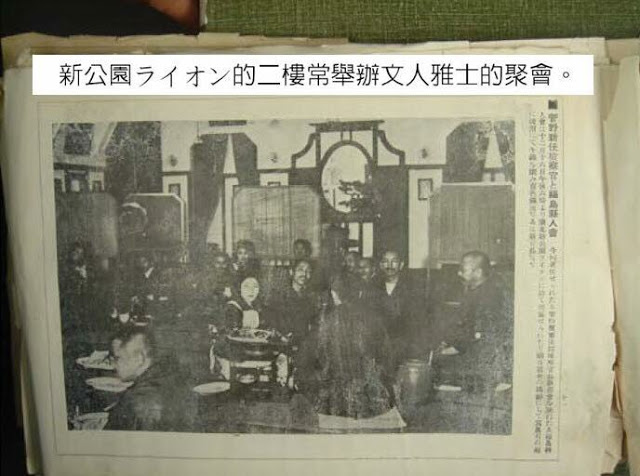
The author also mentioned that one of the features of the coffee shop was that the waitresses wearing kimonos in the coffee shop were called "female givers". They not only delivered drinks to the guests, but also had coffee with them, and even provided appearance service, just like today's hotel ladies. However, the author also mentioned that coffee shops are not all like this. Coffee shops are not just erotic places. In the past, "tea parties" were held to invite high-level people to drink tea, eat cakes and chat. Tea members later set up shrines dedicated to the gods of literature and art in the place where the tea party was held, so it is hard to imagine that coffee shops would have such a role.
During the Japanese occupation, shops with the name signboard of "Cafe Japanese", like the important role played by western coffee shops in the process of modernization, served as a public domain for civil society to communicate with each other. However, as an open social situation, it does not mean that its space is also open and transparent. First of all, from the outside, when the coffee shop closes the door, draws the curtains or uses stained glass with dim lighting, the interior of the coffee shop becomes obviously isolated from the outside world, becoming an invisible and closed space.
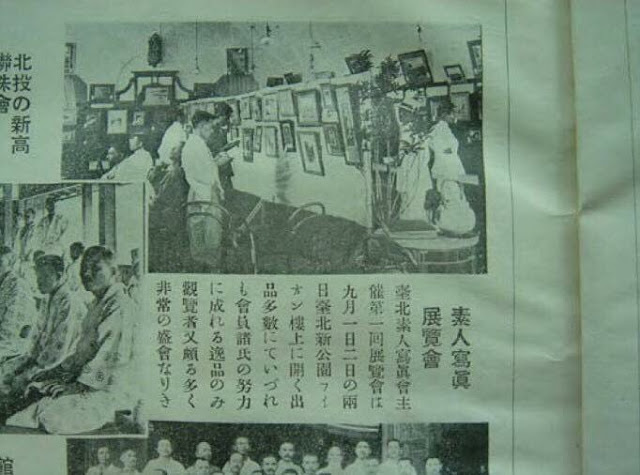
In addition, the interior of the coffee shop is also open and closed, visible and invisible. Boxes and VIP rooms are private spaces for groups or a small number of people. The rest, such as the bar and general guest blocks, appear semi-open spaces with seating partitions and potted landscapes according to the differences of each coffee shop. In such a semi-open space design, customers who go to spend, on the one hand, have some of the necessary privacy areas, on the other hand, they can peek into the condition of neighboring seats. (the original article was published at Lifan Global Institute of Fashion Technology.
Important Notice :
前街咖啡 FrontStreet Coffee has moved to new addredd:
FrontStreet Coffee Address: 315,Donghua East Road,GuangZhou
Tel:020 38364473
- Prev
The reason why British people like to drink tea comes from the alternation of tea culture and coffee culture.
It is known all over the world that English people are addicted to tea. But from the mid-17th century to the early 18th century, the whole of London was soaked in coffee instead of tea. British men switch from drinking to drinking coffee, or both. When they get drunk in a pub, they go to the cafe to sober up with caffeine, and then go to the pub to continue drinking. But King Charles II of England banned cafes in 1675.
- Next
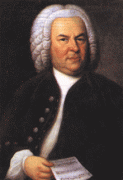
The Story of musicians and Coffee the Coffee play of Bach, the Father of Music
During the 200 years of the Bach family, there have been a large number of musical talents, especially John, who is known by the world as Big Bach. Johann Sebastian Bach (1685.03.31 ~ 1750.07.28) is the most outstanding. He is not only the most representative European composer in the Baroque period, but also the founder of Western music, so he is also known as the father of music. Bach was a pipe organ in his lifetime.
Related
- Beginners will see the "Coffee pull flower" guide!
- What is the difference between ice blog purified milk and ordinary milk coffee?
- Why is the Philippines the largest producer of crops in Liberia?
- For coffee extraction, should the fine powder be retained?
- How does extracted espresso fill pressed powder? How much strength does it take to press the powder?
- How to make jasmine cold extract coffee? Is the jasmine + latte good?
- Will this little toy really make the coffee taste better? How does Lily Drip affect coffee extraction?
- Will the action of slapping the filter cup also affect coffee extraction?
- What's the difference between powder-to-water ratio and powder-to-liquid ratio?
- What is the Ethiopian local species? What does it have to do with Heirloom native species?

